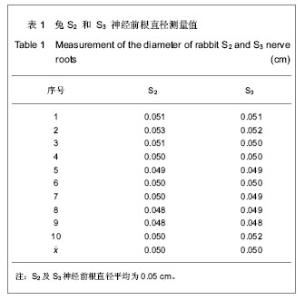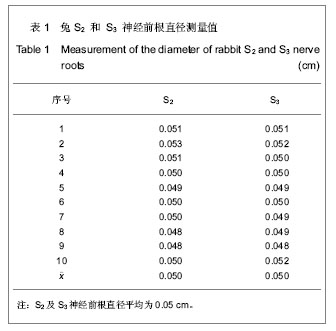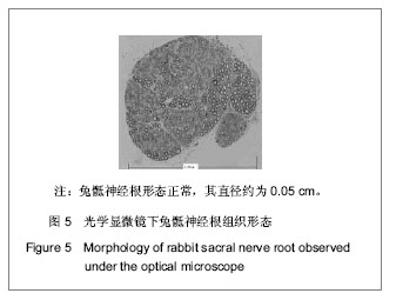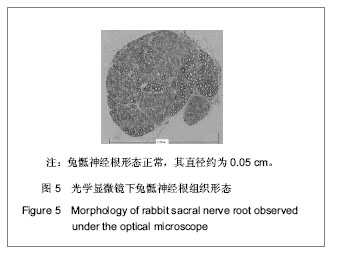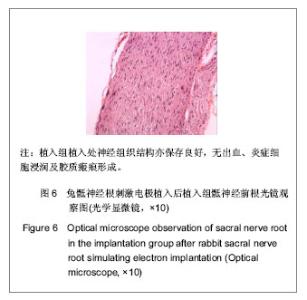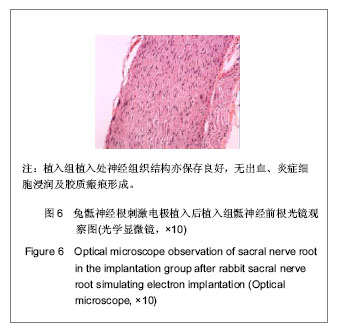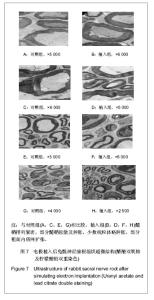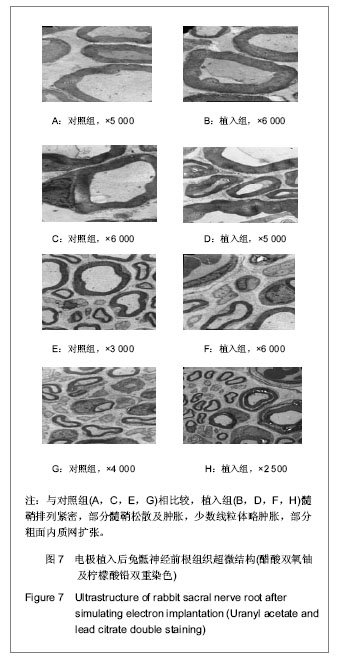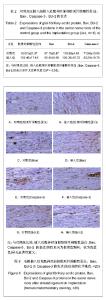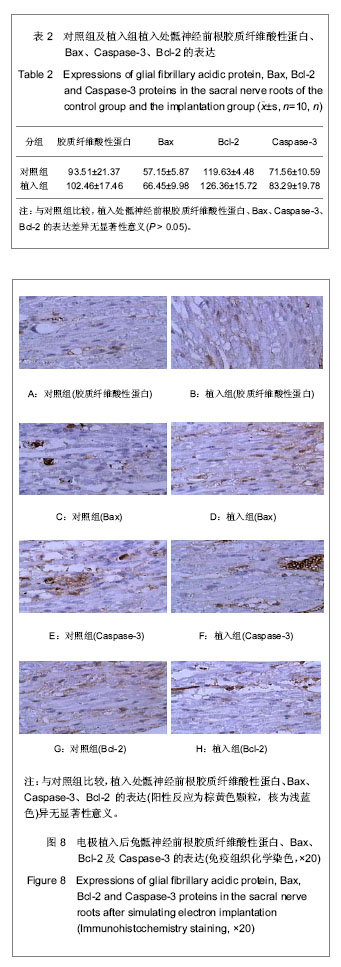| [1] |
Jiang Yong, Luo Yi, Ding Yongli, Zhou Yong, Min Li, Tang Fan, Zhang Wenli, Duan Hong, Tu Chongqi.
Von Mises stress on the influence of pelvic stability by precise sacral resection and clinical validation
[J]. Chinese Journal of Tissue Engineering Research, 2021, 25(9): 1318-1323.
|
| [2] |
He Li, Tian Wei, Xu Song, Zhao Xiaoyu, Miao Jun, Jia Jian.
Factors influencing the efficacy of lumbopelvic internal fixation in the treatment of traumatic spinopelvic dissociation
[J]. Chinese Journal of Tissue Engineering Research, 2021, 25(6): 884-889.
|
| [3] |
Shi Hui1, Zhao Lulu1, Hua Baotong1, Du Yunhui1, Guo Tao1, 2.
Spinal cord stimulation alters the serum levels of inflammatory factors in canine atrial fibrillation models
[J]. Chinese Journal of Tissue Engineering Research, 2019, 23(7): 1023-1029.
|
| [4] |
Jia Wenchao, Xue Fei, Feng Wei, Jia Yanfei.
Anatomical measurement of the sacral nailing by digital virtual technology
[J]. Chinese Journal of Tissue Engineering Research, 2019, 23(12): 1875-1880.
|
| [5] |
Chen Zhong-yao, Cao Ze-yu, Huang Yan, Ji Jing, Chen Xiao-fang.
Microenvironmental cues influence the reprogramming of somatic cells to induced pluripotent stem cells
[J]. Chinese Journal of Tissue Engineering Research, 2018, 22(5): 807-814.
|
| [6] |
Jia Wen-chao, Xue Fei, Feng Wei, Jia Yan-fei.
Anatomy, classification and internal fixation of sacral fractures
[J]. Chinese Journal of Tissue Engineering Research, 2018, 22(31): 5034-5040.
|
| [7] |
Li Xiang-rong, Cheng Lin, Xi Jia-ning, Li Wei.
Accuracy of three kinds of pattern recognition models in the diagnosis of nerve root compression in lumbar disc herniation
[J]. Chinese Journal of Tissue Engineering Research, 2018, 22(19): 3005-3013.
|
| [8] |
Li Chun-liang, Guo Qiang, Qin Feng, Yan Wen-qi, Zhu Hai-yong, Wang Kai.
Total laminectomy combined with lumbar pedicle screw fixation for treatment of lower back and leg pain in older adult patients with degenerative lumbar spinal stenosis: study protocol for a self-control trial and preliminary results
[J]. Chinese Journal of Tissue Engineering Research, 2018, 22(15): 2345-2349.
|
| [9] |
Huang Xian-jia, Qian Jun, Zhang Kun-kun, Pan Wei-dong, Jing Jue-hua.
Effects of oscillating electric field on Wnt-3a expression and motor function in the injured rat spinal cord
[J]. Chinese Journal of Tissue Engineering Research, 2016, 20(18): 2648-2654.
|
| [10] |
.
Security assessment of surface pulsed electrical stimulation in big animals
[J]. Chinese Journal of Tissue Engineering Research, 2015, 19(40): 6531-6535.
|
| [11] |
Wang Gang, Bai Yue-hong.
Application of medium and high frequency electrotherapy in the department of orthopedics after metal implant implantation
[J]. Chinese Journal of Tissue Engineering Research, 2014, 18(53): 8679-8684.
|
| [12] |
Xie Bin, Yue Yu-shan, Zhu Yi, Wang Jian-wei, Cheng Jie.
Electrical stimulation of the pudendal nerve for neurogenic bladder dysfunction after spinal cord injury: a literature research on functional reconstruction
[J]. Chinese Journal of Tissue Engineering Research, 2014, 18(46): 7498-7502.
|
| [13] |
Yin Shi-yuan, Luo Xue-feng, Shen Ming-quan, Xie Zeng-ru.
Percutaneous iliosacral screw versus percutaneous reconstruction plate fixation for Tile C sacral fractures
[J]. Chinese Journal of Tissue Engineering Research, 2014, 18(31): 4998-5003.
|
| [14] |
Zhao Jian-le, Li Jing-qi, Niu Sen-lin, Gao Jian.
Extradural cortical stimulation for neural network recovery in stroke patients
[J]. Chinese Journal of Tissue Engineering Research, 2014, 18(30): 4900-4905.
|
| [15] |
Li Yong-lin, Zhang Hui, Shi Ruo-fei, Tang Xiao-man, Xie Li, Huang Lv, Zhang Xiao-gang.
Effect of surface electric-impulse stimulation on cardiac electrical activity of Kunming mice
[J]. Chinese Journal of Tissue Engineering Research, 2014, 18(27): 4318-4323.
|
